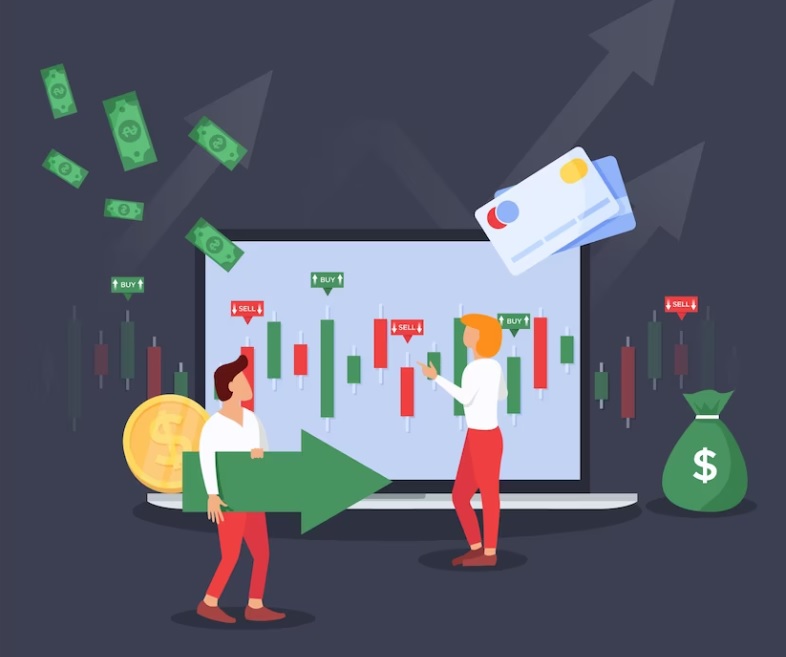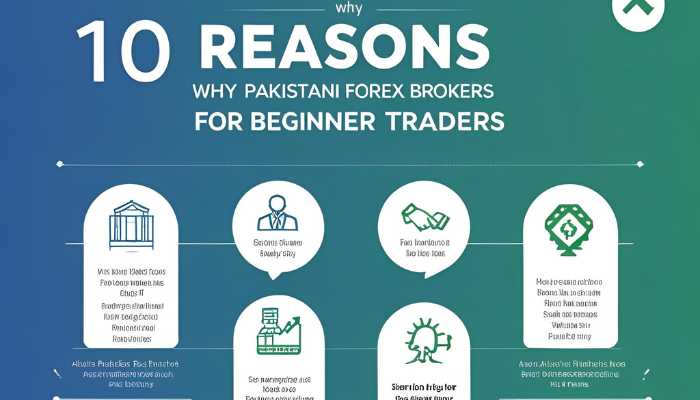When it comes to the fast-paced world of forex trading, “bid” and “ask” are among the most crucial terminologies. The words “bid” and “ask” are extremely important in the chaotic world of financial markets, where billions are traded each day. These ostensibly straightforward ideas are what drive trade. They set the prices at which assets are purchased and sold. Whether you are a seasoned trader or a rookie investor, understanding bid and ask is crucial. We will examine the nuances of bid and ask in this post. We will also cover their significance, influencing factors, and effects on your investing choices.
Understanding Bid and Ask
A two-way price quotation that represents the best possible price is known as “bid and ask”. It offers a value at which an asset can be sold and bought at a specific moment. A buyer’s maximum price that they are willing to invest for a share of stock or other security is represented by the bid price. On the other hand, the least amount a seller will accept for the identical stock is represented by the ask price.
When a seller is prepared to sell for the highest price or when a buyer is prepared to accept the best offer on the market, a transaction happens. One important measure of an asset’s liquidity is the spread. It is the gap between the ask and bid prices.
The bid and ask spread is something that the typical investor must deal with as an implicit cost of trading. The majority of investors and retail traders must typically sell at the bid (where someone else is prepared to buy) and purchase at the offer (where someone else is willing to sell).
Principles of Bid and Ask
The bid-ask spread reflects the expense of trading the asset. It is the distinction between the bid and ask prices. The market is liquid, and trading costs are lower when the spread is less.
The phrases bid and ask, which represent the prices at which traders are willing to purchase or sell a specific item, are fundamental concepts used in the financial markets. Let’s define each term in detail.
Bid Price: The bid price is the amount that a buyer is willing to pay for an asset. It represents the most a prospective buyer will spend on a stock at any particular time in trade.
Ask Price: In contrast, the ask price is the cost at which a seller is prepared to part with a piece of asset. It represents the lowest price at which a seller will give up an asset.
Examples of Bid and Ask
Let’s break down the chemistry of this concept with the help of the examples.
If the current price quotation for XYZ Corp. stock is $10.50 / $10.55, investor X would pay $10.55 to acquire A at the current market price, while investor Y would receive $10.50 to sell XYZ shares at the current market price.
If a stock had a $20 ask price and is currently trading, anyone intending to acquire it would have to make an offer of at least $20. The bid-ask spread is a common terminology for the difference between the bid and ask prices.
Factors that Affect Bid and Ask Spread
The bid-ask spread is influenced by several factors. Neuron Market has summed up some of the important factors.
Demand as well as Supplies
Financial markets are subject to the same basic supply and demand needs as other markets. The spread will be less if there are more buyers than sellers. Additionally, bid prices would increase while ask prices may stay the same. On the other hand, bid prices may decrease, and the spread may widen if there are more sellers than buyers.
The Level of Volatility
Bid-ask spreads can increase dramatically when market circumstances grow more erratic. Spreads may widen if traders are less keen to purchase or sell at the going rates.
Trade Liquidity
Because there are numerous buyers and sellers actively trading, highly liquid markets tend to have narrow spreads for significant currency pairings or large-cap equities. Conversely, less active markets may have broader spreads than others.
How is the Bid and Ask Price Set?
The market evaluates the bids and Asks for prices. They are mostly determined by the actual buying and selling choices made by individuals and organizations. The bid and ask prices will steadily increase if demand exceeds supply.
In contrast, if supply exceeds demand bid and ask prices would decrease. The amount of trading activity in the security as a whole affects the spread between the bid and ask prices. The more trading activity often results in narrower bid-ask spreads, and vice versa.
Bid and Ask Role in Trading
For traders and investors, being aware of the bid and ask prices is essential. It is how these ideas are used in trading.
Orders to Stop
Stop orders are made to cause a market order to be placed when the asset’s price hits a specific limit. They can aid with loss prevention. If the market is erratic, they might not execute at the right price.
Restrict Orders
Traders can evaluate the price at which they are willing to buy or sell by utilizing limit orders. Sellers put their limit price above the open bid. On the other hand, buyers set theirs below the open ask. Limit orders provide traders control over the price at which they are executed. But it is also a fact that they are not always completed if the market doesn’t move to the desired price.
Trading Orders
When you place a market order, you are effectively accepting the current price. It can be either purchasing or selling, depending on whether you are buying or selling. Market orders are carried out instantly and offer certainty, but they could lead to less favorable prices. The reason behind this is that the market spread is large.
Identifying Prices
Price discovery is a crucial foundation of bid and ask pricing. Due to the purchase and sell orders, these two values are constantly fluctuating. Market prices are evaluated by the interaction between bids and asks.
The bid-ask spread tends to be small and price discovery is more effective when there is a high level of liquidity. On the other hand, spreads can expand in less active, illiquid markets, which makes figuring out the fair market price more complicated.
Final Words
Bid and ask are the lifeblood of financial markets. They are the prices at which assets are bought and sold. Anyone interested in trading or investing needs to understand these concepts. They are an accurate reflection of market dynamics, liquidity, supply, and demand. All of these terms affect the prices you pay or receive for your investments. Bid and ask prices are crucial for making educated judgments in the dynamic world of finance. Whether you are trading stocks, currencies, or commodities, these terms are important to know.
Your ability to successfully navigate the complexity of financial markets and manage your capital will improve once you have mastered these terms.




